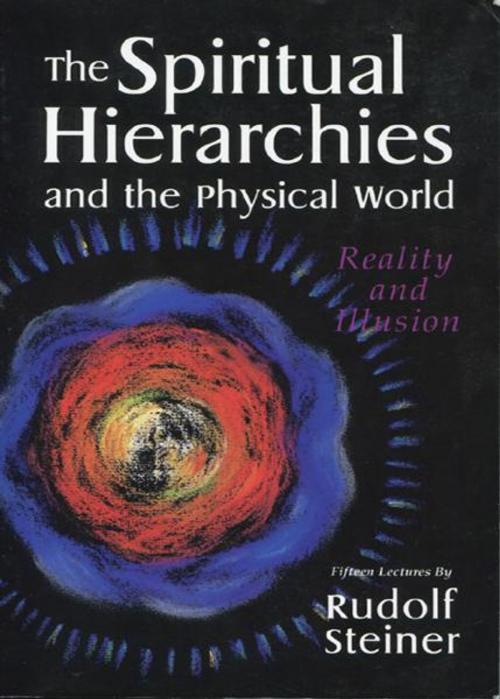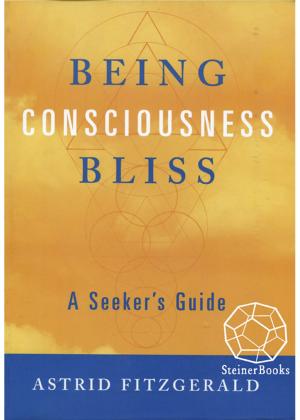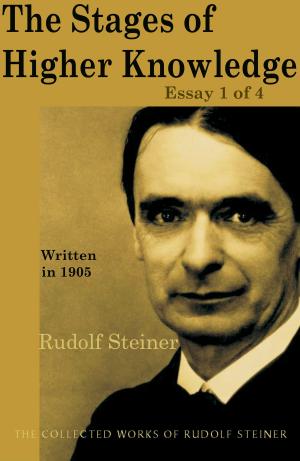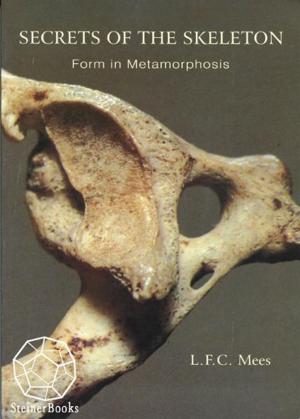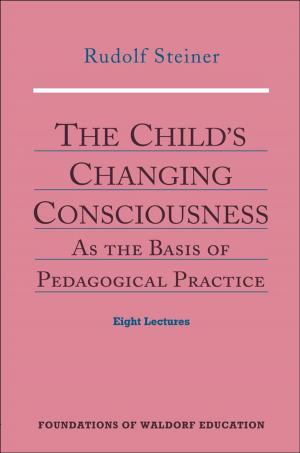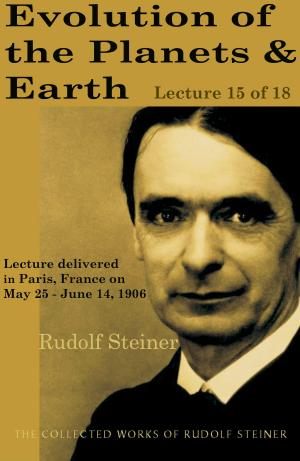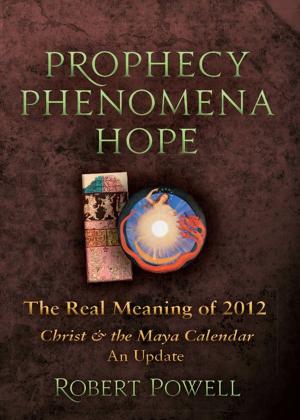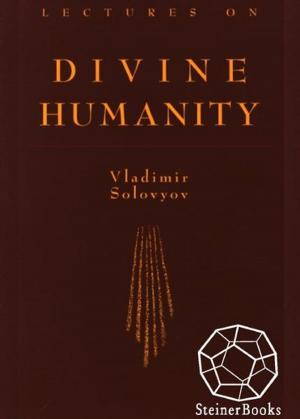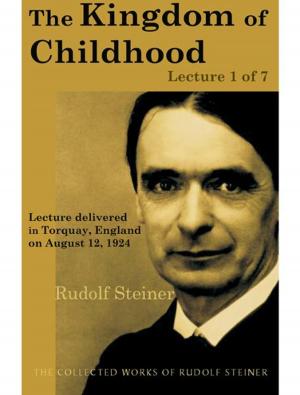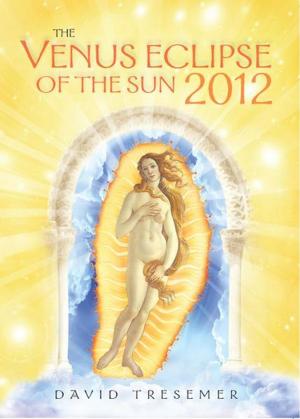The Spiritual Hierarchies and the Physical World: Reality and Illusion
Nonfiction, Reference & Language, Education & Teaching, Educational Theory, Philosophy & Social Aspects| Author: | Rudolf Steiner | ISBN: | 9780880109420 |
| Publisher: | Steinerbooks | Publication: | August 1, 2008 |
| Imprint: | SteinerBooks, Collected Works 110, 132 | Language: | English |
| Author: | Rudolf Steiner |
| ISBN: | 9780880109420 |
| Publisher: | Steinerbooks |
| Publication: | August 1, 2008 |
| Imprint: | SteinerBooks, Collected Works 110, 132 |
| Language: | English |
Ever since nature and consciousness were separated during the late Middle Agesgiving rise to scientific thinking that considers only the physical world and views the mind as merely an epiphenomenon of neural chemistrythe spiritual beings who are the universe have felt abandoned and unable to complete their work, which depends on human collaboration for its success. Human beings have likewise felt abandoned and alienated. In these remarkable lectures, Rudolf Steiner reestablishes the human being as a participant in an evolving, dynamic universe of living spiritual beings: a living universe, whole and divine. He does so in concrete images, capable of being grasped by human consciousness as if from within. How is this possible? Implicit in Rudolf Steiner's view is the fact that, essentially, the universe consists of consciousness. Everything else is illusion. Hence, to understand the evolution of the cosmos and humanity in any terms other than consciousness is also an illusion. Whenever we are dealing with grand cosmic facts, we are dealing with states of consciousness. But states of consciousness never exist apart from the beings who embody them. Therefore, the only true realties are beings in various states of consciousness. In this sense, Steiner's spiritual science is a science of states of consciousness and the beings who embody them. Indeed, any sciencephysics, chemistry, botany, psychologyis a science of beings. And the sensory perception, or physical trace, is simply the outer vestment of the activity of beings in various states of consciousness. To describe these beings, Steiner uses the names made familiar by the wisdom traditions of the West. He speaks of the evolutionary states of Saturn, Sun, Moon, and so on; the nine choirs of angels; elemental beings and nature spirits; and the elements of fire, earth, air, and water.
Ever since nature and consciousness were separated during the late Middle Agesgiving rise to scientific thinking that considers only the physical world and views the mind as merely an epiphenomenon of neural chemistrythe spiritual beings who are the universe have felt abandoned and unable to complete their work, which depends on human collaboration for its success. Human beings have likewise felt abandoned and alienated. In these remarkable lectures, Rudolf Steiner reestablishes the human being as a participant in an evolving, dynamic universe of living spiritual beings: a living universe, whole and divine. He does so in concrete images, capable of being grasped by human consciousness as if from within. How is this possible? Implicit in Rudolf Steiner's view is the fact that, essentially, the universe consists of consciousness. Everything else is illusion. Hence, to understand the evolution of the cosmos and humanity in any terms other than consciousness is also an illusion. Whenever we are dealing with grand cosmic facts, we are dealing with states of consciousness. But states of consciousness never exist apart from the beings who embody them. Therefore, the only true realties are beings in various states of consciousness. In this sense, Steiner's spiritual science is a science of states of consciousness and the beings who embody them. Indeed, any sciencephysics, chemistry, botany, psychologyis a science of beings. And the sensory perception, or physical trace, is simply the outer vestment of the activity of beings in various states of consciousness. To describe these beings, Steiner uses the names made familiar by the wisdom traditions of the West. He speaks of the evolutionary states of Saturn, Sun, Moon, and so on; the nine choirs of angels; elemental beings and nature spirits; and the elements of fire, earth, air, and water.
